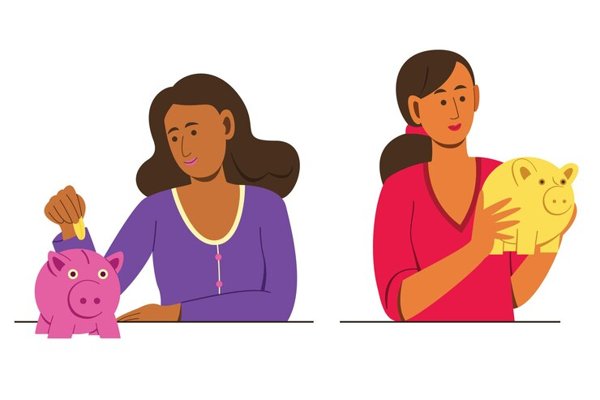Saving money can seem like a daunting task, especially if your income remains constant. However, it is possible to build your savings without needing a salary boost. The key to achieving financial stability is not necessarily earning more but learning to manage what you have more effectively.
In this blog post, we will explore practical strategies to save money by making smart choices, optimizing expenses, and changing habits. By focusing on making minor, yet impactful changes to your spending habits, you can significantly increase your savings. It’s all about being mindful of where your money goes and finding creative ways to reduce costs.
Understanding your spending habits

The first step in your journey to save money is understanding your spending habits. Start by tracking every penny you spend over the course of a month. This will give you a clear picture of where your money is going and help you identify areas where you can cut back. It’s important to distinguish between wants and needs and prioritize accordingly.
Once you have a detailed record of your expenses, categorize them into groups such as groceries, entertainment, transportation, and utilities. This categorization can help reveal patterns and highlight areas where you might be overspending without realizing it. Awareness is the first step towards making more informed financial decisions.
Creating a realistic budget
After analyzing your spending habits, the next step is to create a realistic budget. A well-planned budget can be an essential tool for saving money. Your budget should reflect both your fixed expenses, such as rent and utilities, and variable expenses like dining out or shopping. Ensure that your budget also includes a portion set aside for savings.
By adhering to your budget, you can make sure your spending aligns with your financial goals. It’s important to review and adjust your budget regularly as your circumstances change. A flexible budget that adapts to your needs is crucial for long-term success in saving money.
Reducing unnecessary expenses
Once you have a budget in place, it’s time to focus on reducing unnecessary expenses. Start by scrutinizing your monthly subscriptions and memberships. Are there any that you rarely use or could do without? Canceling or reducing these can free up additional funds for savings. Similarly, be mindful of impulse purchases, which can quickly add up over time.
Another effective strategy is to negotiate bills and look for cheaper alternatives for services you regularly use. This approach can involve switching to a lower-cost phone plan, finding better insurance deals, or opting for public transportation instead of driving. Small changes like these can significantly impact your monthly savings.
Adopting cost-effective habits
Embracing cost-effective habits in your daily life is another powerful way to increase your savings without earning more. Cooking at home instead of eating out, making coffee at home rather than buying it, and utilizing coupons or discounts for purchases are excellent examples of how you can decrease expenses.
Additionally, consider buying items in bulk, which are often cheaper per unit, and selling things you no longer need. This not only declutters your space but also adds extra cash to your budget. These practical habits, when consistently applied, can lead to substantial savings over time.
Achieving financial stability
In conclusion, achieving financial stability does not necessarily require a higher income. By understanding your spending patterns, setting a realistic budget, reducing unnecessary costs, and adopting economical habits, you can effectively save money and reach your financial goals.
While these changes might not lead to an immediate overhaul of your financial situation, consistent and mindful application of these strategies will gradually increase your savings. Remember, the journey to saving money is a marathon, not a sprint. With patience and discipline, financial independence is within your reach.





